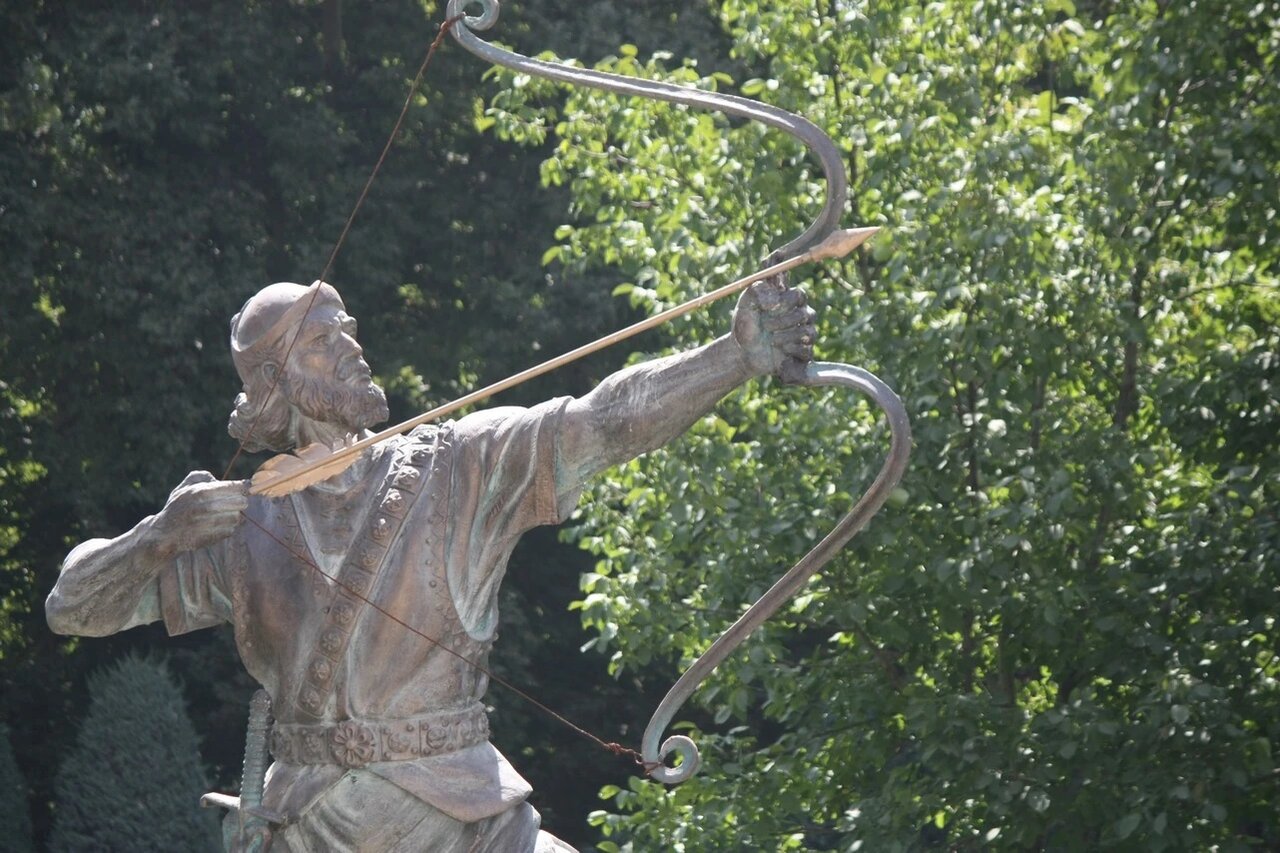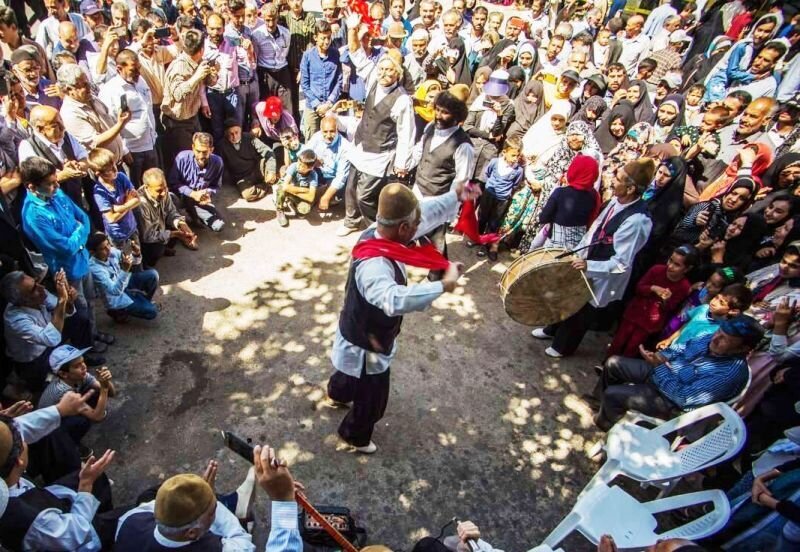Arash the Archer symbol of bravery and peace, RICHT director says

TEHRAN – The director of Iran’s Research Institute of Cultural Heritage and Tourism has emphasized the deep roots of the ancient festival of Tirgan in Iranian culture, stating that Arash the Archer symbolizes both peace and bravery.
Mostafa Dehpahlavan highlighted the profound historical significance of the festival, noting: “Today, we remember historical figures like Arash and many others who embodied his spirit throughout the history of this land.”
Arash the Archer is a heroic figure in Iranian mythology. According to Iranian folklore, Arash determined the boundary between Iran and Turan by launching an arrow with his life force. The arrow traveled for days before finally landing on the bark of a walnut tree on the other side of the Oxus River, hundreds of miles away from the launch site atop a mountain.
Dehpahlavan made the remarks on Thursday in an address to a meeting held to celebrate the Tirgan Festival and one of its coral elements, Arash the Archer, coinciding with a memorial ceremony for the esteemed cultural and literary figure of Mazandaran.
A gathering of cultural heritage researchers, archaeologists, Iranologists, literati, and intellectuals attended the event.
“As an archaeologist who has studied and experienced the history of this country, I can say that Iran, due to its geographical position, has always been a crossroads for many invasions. Throughout history, many brave individuals have stood against the enemies of this land,” Dehpahlavan said.
“Today, among Iranian ethnic groups, such as those in the Zagros region, Lorestan, Baluchistan, and others, firearms hold great importance, with many stories of bravery associated with them. If we look further back, we see that these firearms were once bows and arrows.”

Dehpahlavan noted, “On the tombs and monuments of the Achaemenid kings, you see the king depicted with a bow in front of a fire altar. Similarly, on Achaemenid and Parthian coins, without exception, the king is shown holding a bow. Therefore, bows and arrows were of great significance to Iranian men and warriors in defending their existence, and Arash is a symbol of this bravery and peace.”
He further explained, “Throughout history, we see that Iranians have rarely been the aggressors in wars, often defending themselves instead. These are historical truths, and we hope to continue witnessing peace, prosperity, and flourishing in our land and globally in the future.”
Arash the Archer is a heroic figure in Iranian mythology. According to Iranian folklore, Arash determined the boundary between Iran and Turan by launching an arrow with his life force.Dehpahlavan concluded by expressing gratitude to the organizers and participants of the ceremony and paid tribute to the late Farhoud Jalali, the esteemed cultural and literary figure of Mazandaran.
Tirgan is one of the biggest festivals in ancient Iran. Traditionally, it is held on the Tir day (ancient days) of Tir month, equal to the 13th of the month in the Zoroastrian calendar, and equivalent to the 10th of Tir in Shamsi year.
Each year, the Zoroastrians celebrate this day in honor of Tishtar and perform some special rituals. Tishtar is a star that brings news of rain, and in the Iranian culture, it is the brightest star in the sky, and it will soon rain once it appears.
Tirgan is the annual celebration of the day that Arash the archer, the legendary hero of Iran, fired his arrow to determine the border of Iran and sacrificed himself for his country. This day is also the celebration of the writers in ancient Iran.
It is noteworthy that the date to observe this festival varies in different regions of the country.
For instance, Tirgan is celebrated on Tir 13 in the foothills of Rineh city of Larijan in Amol, Mazandaran province. In Farahan of Markazi province, at the beginning of the summer, 1st of Tir, they celebrate the ripening of the wheat and its harvest as the first Tirgan. In Gilan, a day named Tirmasinezeh is registered as a spiritual heritage of Iran. In Mazandaran, according to Tapuri calendar (Tabari or Mazandarani), Tirgan is celebrated on the 13th of Aban and is called the Tir Mah Sizdahsho festival, and in Ardehal of Kashan province, on the 13th of Mehr. In Mehdishahr of Semnan province, it is called Tir Mo Ee Sizdah on the 22nd of Aban, and in Karizat of Yazd it is celebrated on the first day of Tir and is called Ab, Tir, Mahi.
In addition, the Armenian-Iranian people of Isfahan celebrate it on the 13th of January, and the Zoroastrians of Kerman celebrate it on the second week of Tir and call it Tir o Jashn. In some parts of Iran, it is celebrated on the 13th day of Farvardin. In many cities, since this day is not an official holiday, it is celebrated on the closest weekend to it.
This celebration is held near water sources, and people gather there excitedly and pour water on each other, and call it Ab Rizan, Ab Pashan, or Sarshuran.
There are other traditions related to Tirgan, and they vary in each region. They include staying up all night, playing games, and local competitions, having sweets and fruits, singing songs, and reading poems of Hafez, Ferdowsi’s Shahnameh, etc.
AM
Leave a Comment